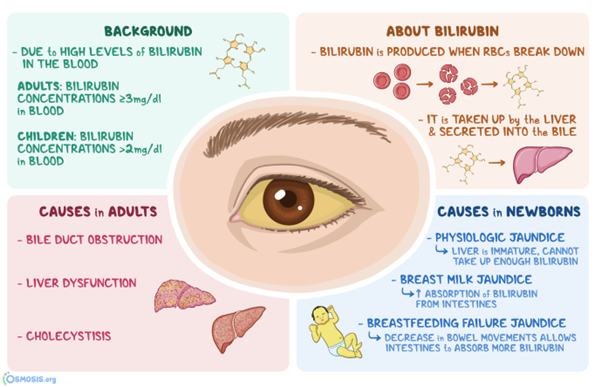The nurse is continuing to care for the adolescent.
Admission Assessment
1400:
Adolescent brought to emergency department by parents following a fall while skateboarding. Adolescent reports pain in their right leg as 10 on a scale of 0 to 10 and is unable to bear weight.
Adolescent is awake, alert, and oriented x 3. Lungs clear, respirations even and regular. S1 and S2 with regular rate and rhythm. Abdomen soft and nontender with active bowel sounds in all four quadrants. Right lower extremity with open wound and displaced bone. Right lower extremity pulse +1, extremity cool to touch, edema present, capillary refill 4 seconds.
Which of the following prescriptions should the nurse anticipate from the provider?
Elevate the right leg above heart level.
Prepare the adolescent for surgery.
Remove the splint.
Apply ice to the affected extremity.
The Correct Answer is B
A. Elevate the right leg above heart level. This is contraindicated for the adolescent because elevating the leg above heart level can increase blood pressure in the injured area and worsen bleeding and swelling.
B. Prepare the adolescent for surgery. This is anticipated for the adolescent because they have an open fracture with bone displacement, which requires surgical intervention to reduce the risk of infection and complications.
C. Remove the splint. This is contraindicated for the adolescent because removing the splint can cause further damage to the bone and soft tissues and increase pain and bleeding.
D. Apply ice to the affected extremity. This is contraindicated for the adolescent because applying ice can decrease blood flow to the injured area and impair healing and sensation.
Nursing Test Bank
Naxlex Comprehensive Predictor Exams
Related Questions
Correct Answer is {"A":{"answers":"B"},"B":{"answers":"A"},"C":{"answers":"A"},"D":{"answers":"B"}}
Explanation
Correct Answer is D
Explanation
Choice A reason:
Face is incorrect: Facial skin colour can vary for many reasons, but it may not be the best indicator of jaundice in individuals with dark skin.
Choice B reason
Shoulders is incorrect: The shoulders are not typically indicative of jaundice.
Choice C reason:
Palm of the hands is incorrect: While the palm of the hands can sometimes show yellowing in cases of jaundice, it is less reliable than observing the sclera.
Choice D reason:
Sclera is the best location. In individuals with darker skin tones, yellowish discoloration of the skin due to jaundice can be more challenging to detect. However, the sclera of the eyes can still show noticeable yellowing, making it a reliable location for assessing jaundice in individuals with both light and dark skin.

Whether you are a student looking to ace your exams or a practicing nurse seeking to enhance your expertise , our nursing education contents will empower you with the confidence and competence to make a difference in the lives of patients and become a respected leader in the healthcare field.
Visit Naxlex, invest in your future and unlock endless possibilities with our unparalleled nursing education contents today
Report Wrong Answer on the Current Question
Do you disagree with the answer? If yes, what is your expected answer? Explain.
Kindly be descriptive with the issue you are facing.
